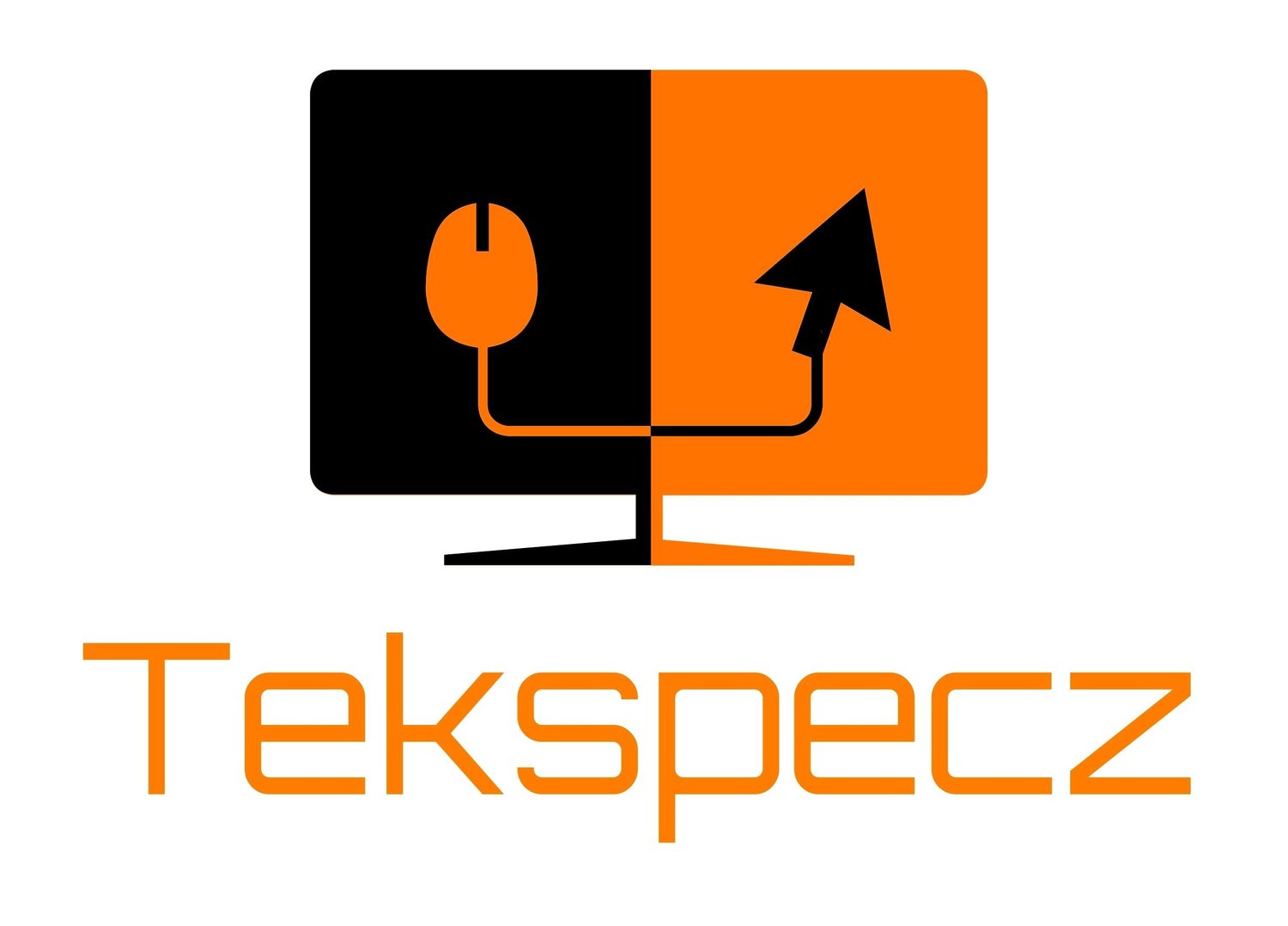The Oculus Rift, once a very popular Kickstarter project that was able to raise $2.3 million from online backers, after several years of going thru series of prototypes, the Oculus Rift is now primed and ready for the consumer market. From reading all the written reviews thus far, the Oculus Rift has garnished a lot of positive feedback. So its only fair that we dive in deep into its core technology and find out what makes it operate.
Let's break down the Oculus Rift via iFixit and examine its parts and features that stands outs with me the most.
Image Source: iFixit
The headset is rocking 2160 x 1200 resolution over not one, but two displays, that's high resolution being placed over two displays, delivering 233 million pixels per second. Pretty high refresh rate measuring in at 90 FPS.
The technology within the Oculus Rift that makes motion images possible are a accelometer, gyroscope and magnetometer , 360 degree tracking headset that tracks through a Constellation IR camera, the horizontal field of view is more than 100 degrees. The improved VR head tracking is made possible by precise Infrared dots generating tiny LED's that's embedded within the headset, you can actually see these infrared dots through a ultraviolet camera. If users were to turn their heads around, it can still be tracked, you can move in a circular motion and still the Oculus Rift will never break immersion, that is until you disconnect the cable.
Image Source: iFixit
In further examining the Oculus Rift, you have an interesting assembly of hardware, starting with the top of the lens which hosts a series of chips and a motherboard. It has a Toshiba 4K HDMI to MIP Dual-DSI converter, a Cypress USB 3.0 controller, ST Microelectronics ARM Cortex-M0 32-bit RISC Core, a Winbond 64 Mb Serial Flash Memory, Nordic Semiconductor, Bluetooth Smart and 2.4 GHz SoC ( system on chip).
For me though, the pinnacle star of the show in the Oculus Rift is its custom non-Note, larger than lens aperture display. The OLED display measures 90mm a piece, pixel density coming at -456 ppi. This is comparable to the display that's on the current iPhone 6s Plus which comes in at 401 ppi with the Galaxy S7 being a cut above at 576 ppi.
Image Source: iFixit
You have something special with these lens in the Oculus Rift, CV1 lens reveals a concentric rings, these are Fresnel lens that cleverly manufactured that uses a thin array of concentric prisms which lessons the weight altogether. The Fresnel lens yields large viewing angles with short focal length, perfect for VR headsets.
In terms of design the final version of the Oculus Rift is much sleeker and more compact with the inside structure made of removable and replaceable thick foam. The rear and top of the headset is according Oculus Rift constructed in high quality material that can also be removed and replaced, basically these are VR modular headsets that gives users the ability to replace the internal and external portion of the Oculus Rift to add extra level of comfort.
The Oculus Rift is something special with very innovative assembled hardware and sleek design. I can definitely see myself rocking a pair of these VR headsets.






